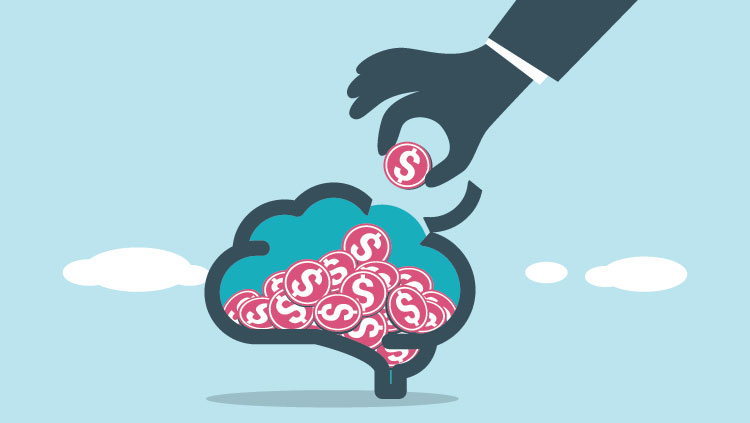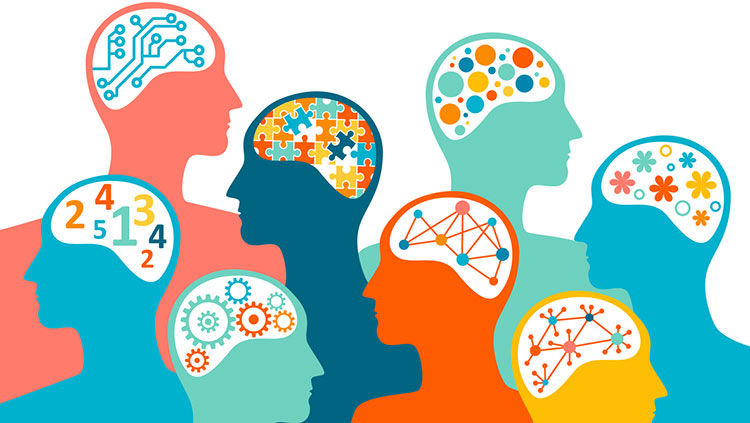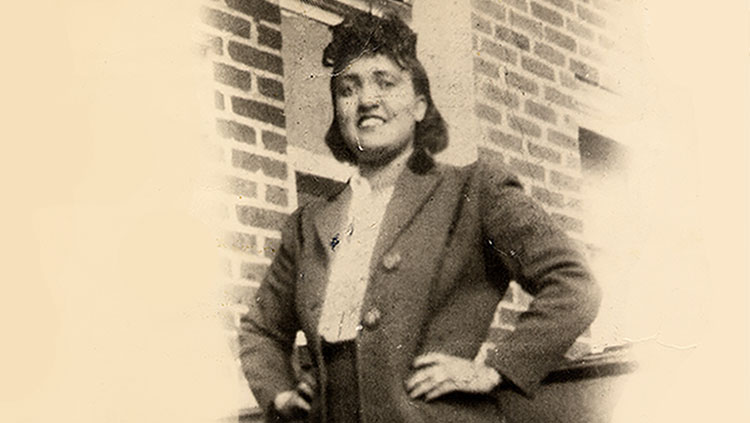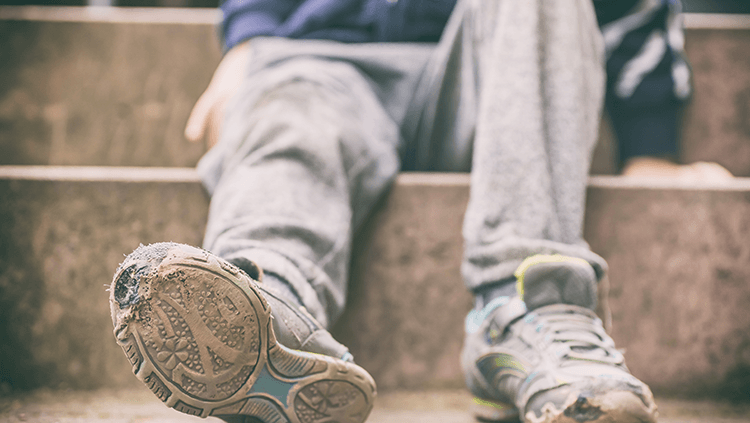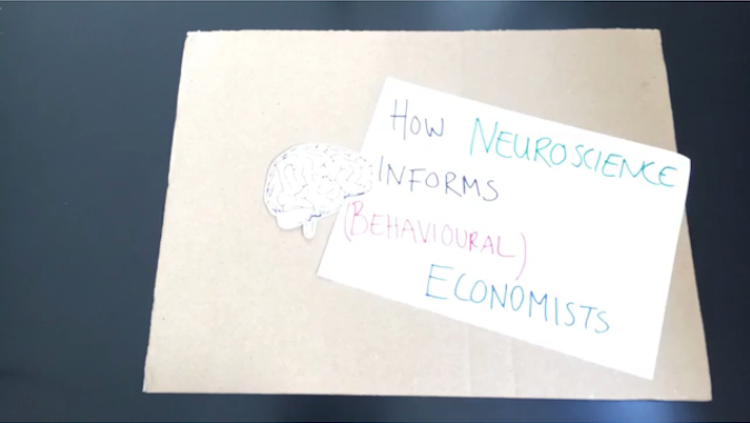Using Neuroscience to Fight Solitary Confinement in Court and in Print
- Published21 Mar 2019
- Source BrainFacts/SfN
Jules Lobel, a professor at the University of Pittsburgh School of Law, has spent years fighting in the criminal justice system for better treatment of prisoners using neuroscience studies and data. He discusses cases of prisoners held for years in solitary confinement and how he was able to prove that this constituted cruel and unusual punishment.
This video is part of a series on Solitary Confinement, presented at Neuroscience 2018 for the Social Issues Roundtable.
CONTENT PROVIDED BY
BrainFacts/SfN
Transcript
An example of the possibilities for neuroscience for societal reform can be seen in the class action case that we brought on behalf of 1300 prisoners confined at Pelican Bay SHU, the special housing unit, in California. At Pelican Bay, our prisoners spend years in small windowless cells 23 hours a day, no phone calls, no contact visits, no group recreation with anyone else, no view of the outside world, no view of birds, trees, cars, grass, no education, no vocational or religious programming, in short, virtually totally isolated.
When we started the suit in 2012, approximately 500 of these prisoners were confined for over a decade at Pelican Bay, and almost a hundred for two decades. Sometimes, I close my eyes and I try to imagine one of these cells and me being locked in it. As Michael said, Rick Raemisch, the director at Colorado, put himself for one day in one of these cells, and it was too much, so I can imagine how people spend 10, 20, 30 years locked in solitary confinement, and the image we have is that these must have been very, very dangerous criminals. In fact, the 1300 prisoners at Pelican Bay were almost all there for one thing, either membership in or association with of some sort a gang, and association could mean simply that they were in a panel where one or two of the gang ... the people were gang members, and that was enough for association and, for that, they spent decades in Pelican Bay.
If you look at this, I think common sense says this must be a cruel and inhumane treatment, but, unfortunately, the law didn't recognize common sense, and the law was quite bad on this whole subject until very recently. When we filed the suit, most legal observers gave us very little of a chance, and, in fact, that's my specialty in the world, taking cases that have almost no chance, that's why I wrote this book, Success Without Victory, but, in this case, we were able to win a victory.
When you look at it, 20 years before, a similar case had been brought challenging California in the establishment of Pelican Bay, and the case was tried before one of the most progressive judges in the country, Thelton Henderson, who is a civil rights activist and hero, and he went up to Pelican Bay and he said, "These are stark draconian conditions." He looked at the prisoners and he said, "Many of them are like animals in the zoo pacing back and forth in their cages," and he said, "This clearly causes some degree of psychological harm, but the degree of psychological harm is not sufficient to warrant a constitutional violation." It doesn't rise to the level giving rise to a constitutional violation and, therefore, prisoners remained, locked up in these conditions at Pelican Bay when we brought the suit.
Now, Henderson's opinion was unfortunately based on what Professor Akil told us was a basic divide in American law between mental injury and physical injury, so, in tort law, the law of negligence, you cannot get damages for the infliction of emotional distress unless you can show you suffered a physical injury. In prison law, Congress passed a statute, the Prison Litigation Reform Act, which says, "You cannot get damages for abuses occurring in prison unless you can show physical injury," so, for example, courts have dismissed cases of women prisoners who have been subjected to sexual harassment or sexual humiliation, forced to stand naked in front of guards of the other sex, because they can show no physical injury.
In fact, many of you many of you may either remember or have read about the torturous conditions at American prison for Iraqis in Abu Ghraib where prisoners were humiliated. If that had happened on American soil, the prisoners, who were so humiliated would shock the world, would not have not been able to get damages for their injuries because of this basic divide between mental and physical injury.
Similarly, when the United States ratified the torture convention, it added a reservation saying that, "Mental harm can only be called torture in certain limited exceptional situations," so that was the uphill battle we had to fight, and we had psychologists and psychiatrists who interviewed these men and said they're suffering psychological harm, but the question is how to show it rose to the level of constitutional violation, and I think we could do it simply by the psychological harm, but we decided to think outside the box, and, in our case, thinking outside the box meant, "Let's talk to neuroscientists. Let's try to get other evidence that this causes some direct physical harm," and so we got as an expert witness a professor at UCLA, Matthew Lieberman, who's the director of the Social Cognitive Neuroscience Laboratory at UCLA and the author of an award-winning book entitled Why Our Brains are Hardwired to Connect.
In this case, with Professor Lieberman, we tried to use general scientist knowledge because it's very, very difficult to get neuroscience experiments on prisoners confined in prison because the prison officials won't let you come in. They're not generally open to science investigating what happens with their prisoners, so we had to rely on such as the panel here not on direct studies of prisoners, but what we know about the brain in general and how ... what our general knowledge of the brain is would translate into prisoners kept in solitary confinement.
Professor Lieberman testified that humans have a fundamental need for social connection, and then he had done studies, and his associates had done studies in their lab which have been replicated, which showed that, when individuals are in a socially deprived state, they experience social pain that produces neural activity consistent with the same kind of activity that you get when you have physical pain, so that the connection between mental pain and social pain and physical pain was not ... they were not unconnected, disconnected, but they were very ... From a brain's perspective, they were very similar. We also got a woman, Louise Hawkley, who works in the same lab as Stephanie and John did ... and do ... Stephanie does and John did, and does studies on loneliness, and we had been able to collect medical data from two kinds of prisoners.
At Pelican Bay, there are two separate prisoners both holding about 13, 1400 prisoners, one, a maximum security prison which is quite restrictive, but still not solitary confinement, and the other was a solitary confinement unit, and we were able to get medical data on this and we were able to do studies ... and Ms. Hawkley was able to do studies of the different rates of hypertension among the two kinds of prisoners and correlate that to the loneliness that they had experienced, and it turned out that the prisoners who were in the solitary unit had a much higher degree of hypertension than the prisoners who were in the maximum security unit, and I think it's probably the only study of the kind throughout the world on the actual physical effects, medical effects of solitary confinement in prisoners.
In any event, we were able to eventually win this case, and Mr. Morris is here today out of solitary actually, out of prison, and thousands of other people were released from solitary confinement, showing that it is possible to win even if it's an incredibly uphill battle, but there's still a lot of work to be done, and I think, particularly in terms of neuroscience and scientist research in general, a key area, as Michael Zigmond and others have noted, is whether or not this pain that ... and it's ... a brain disability is permanent or whether it's simply temporary.
We don't have good studies on that, but the lawyers invited the Stanford University unit to come in and do surveys of people who had been released from solitary, and they did these surveys about a year later after they had been released, they were still in prison, but they were not in solitary, and they found that many of the same conditions and the same symptoms that they had experienced in solitary continued even after they got out of solitary and that there has to be some, at the minimum, corrective measures taken which is not being taken in California today.
Thank you, and it's a great panel, and I appreciate Michael's setting up this panel.
Speaker 2: The line of supreme court cases on forced medication of like Sell's and Harper refers ... I think there's a [inaudible] theory of law in there as well, but I think there's an O'Connor's concurrence, talked about the degree to which the drugs altered the way the patients could think. Could the neuroscience that's developing on the effects and ability to ... the way it impinges on how your fundamental ability to think and operate that you are, I mean, have a similar Harper and Sell's line of attack on solitary confinement have been done? Is that you think a right legal approach or not very fruitful?
Jules: I think that's a terrific idea. We made that argument in the Pelican Bay case. We made it more from a psychological perspective, which is that the use of solitary confinement alters the way people interact, and, in fact, there's this concept that's been developed of social death that, when you put people in solitary for a long time, they begin to lose an interest in social connections, which is a basic human need, and so it's similar to psychotropic medication in Washington and Harper. Thank you though. You can join our legal team.
Speaker 3: Jules mentioned that there were two people in the audience who have experienced solitary confinement, one of whom was released as a result of the Pelican Bay case. He happens to be standing at the microphone there, so I'd like to let you make a comment or ask a question.
Jack Morris: Thank you, doctor. First of all, I'd like to say thank you to the panel and everybody else in this room that's taken the time to study this field. It is totally fascinating. I came in here and I heard terms used for what I've been experiencing physically, and I've learned a lot about it. I hope to learn more because it will help me and many other people.
I don't know if you ever find a cure for the effects that solitary confinement inflicts on those of us that have to experience it, but it is continuous. It is lasting. Whether it ever goes away, I don't know. I've been trying to read on it and study about it. The purpose I'm here is just to say thank you. Keep your study up. It will help other out as well.
Speaker 3: All right.
Jules: If I'm correct, Mr. Jack Morris spent 35 years or thereabouts in solitary confinement in California and was finally released about a year ago from prison, a couple of years ago from solitary confinement. I also just want to say that this article that Huda Akil and I wrote jointly was one of the great academics experiences I have, and I urge all of you to try to get out of your boundaries, in my case, get out of my legal boundaries and into working with somebody in neuroscience, because it really expands your academic lens and your academic fields.
Also In Law, Economics & Ethics
Trending
Popular articles on BrainFacts.org


